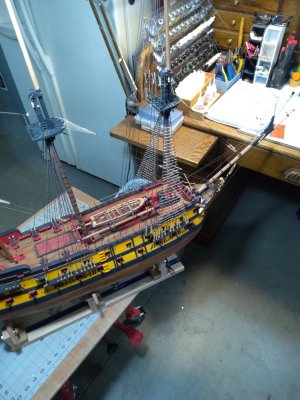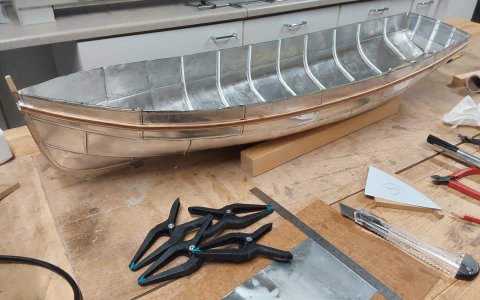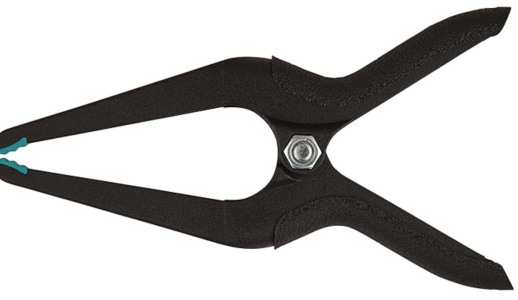OK, this is mostly me spouting off!! If this is posted in the the wrong place - oh well, an admin caan move it - or dump it.
In my case it's a I HATE CA cements. Well, not really hate it but have learned on my Amati 'Fifie' second planking that Titebond is better - at least for me. The Amati IB says to do the second planking using CA and I, of course, always follow direction - until I don't. I've glued my fingers together twice (commercial grade acetone wont touch it), pulled planking off at least a half dozen times to recement. And yes, before you give me a zinger, the first layer is clean, has a good 80 - 120 grit sanded tooth glue finish and used clamps. I've used BSP or Starbond Medium CA to somewhat slow cure time. Back to using clamps where possible and the supplied tiny nails. The holes will be easily filled and the hull will be painted.
OK, got that off my mind. Sorry if it sounded like a whine - it was!!!!

In my case it's a I HATE CA cements. Well, not really hate it but have learned on my Amati 'Fifie' second planking that Titebond is better - at least for me. The Amati IB says to do the second planking using CA and I, of course, always follow direction - until I don't. I've glued my fingers together twice (commercial grade acetone wont touch it), pulled planking off at least a half dozen times to recement. And yes, before you give me a zinger, the first layer is clean, has a good 80 - 120 grit sanded tooth glue finish and used clamps. I've used BSP or Starbond Medium CA to somewhat slow cure time. Back to using clamps where possible and the supplied tiny nails. The holes will be easily filled and the hull will be painted.
OK, got that off my mind. Sorry if it sounded like a whine - it was!!!!










